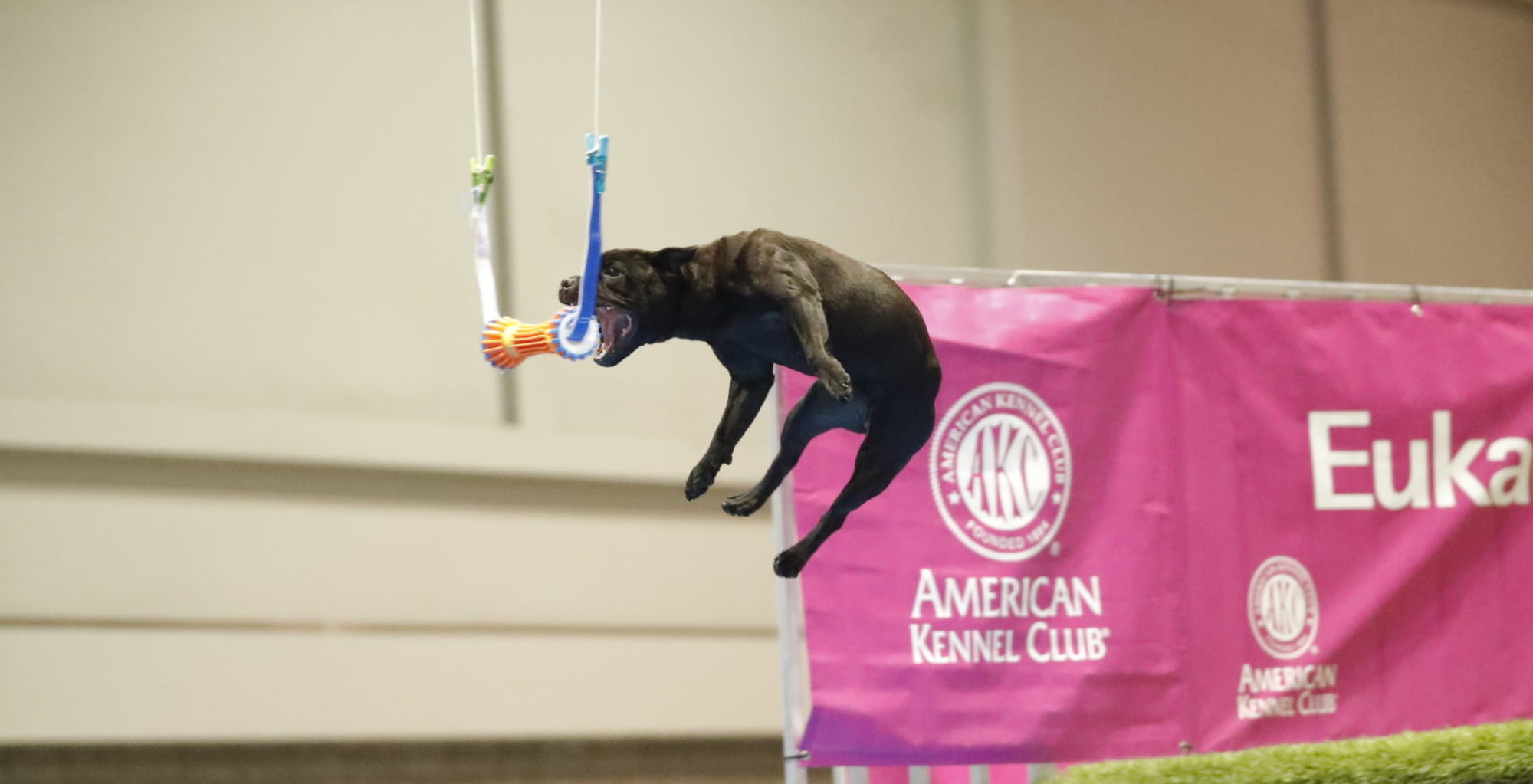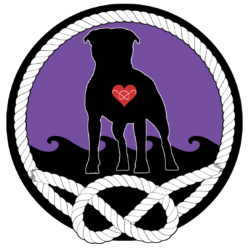Lately I am receiving a lot of puppy inquiries, rescue requests and questions about getting a Staffordshire Bull Terrier to add to a family. I noticed that many…most…of them seem to not exactly understand this breed at all. People are asking for ‘calm’ dogs and all refer to them as ‘staffies’ and many also are asking for a protective dog, calm and trustworthy around young kids, and most importantly people seem to think Staffords will be totally fine around other animals. Also, somehow people think ‘its all in how you raise them’ and I get people saying things like – ‘I know they are stubborn but I can train them to behave how I want them to’ and I have to wonder WHERE IS ALL THIS TERRIBLE INFORMATION COMING FROM?????
And then it hit me. American Kennel Club website. Who is responsible for this terrible information? Who wrote this stuff? No wonder I have been so overwhelmed this year helping people re-home their Staffords. People read this stuff and go to the first pop up breeder advertised in the Marketplace or FB and buy a puppy and they think (or perhaps even told) they will have a calm, easy to manage but stubborn, protective dog they can leave alone with their toddlers…..then they are shocked when the ‘staffie’ turns out to be a NORMAL Stafford! Easily excitable, boisterous, full of energy, mouthy, jumpy, clingy, busy bowling ball who doesn’t always get along with other animals.
When I tell potential buyers or adopters the truth I get told my dogs must not be normal. This makes me chuckle. I try to get people to meet Staffords (not staffies) in person before they decide on the breed. They are NOT the right breed for everyone.
Staffords are not dog park dogs.
Staffords are not dog day care dogs.
Staffords are not what I would call a calm breed. They are energetic terriers. If you want a doormat get another breed, not a terrier.
I would NEVER leave ANY breed alone with young children. Always supervise. ALWAYS. Kids can be very overwhelming for dogs. Lots of loud noises, quick movements, grabbing, tugging, climbing, pulling – all things dogs dislike. Staffords are more tolerant of these behaviors and that’s what they are known for – BUT – please do not think they can put up with this forever. Also Staffords can and will bowl down young children. Heck they bowl down adults! Be prepared for your kids to be knocked down, mouthed and sat upon by normal Stafford activity.
Let me also mention – Staffords require POSITIVE training protocols ONLY! Stop with the prong and shock collars already! Stop with the chain choke collars. Stop the old fashioned ‘dominance’, pack leader crap and roll over theories. And FFS STOP following that ‘TV personality man’ whose name doesn’t need mentioning here. Just stop. Instead – seek out certified Fear Free and +R training to become a happy, positive, confident teammate with your Stafford. LEARNING SHOULD NOT HURT.
I don’t know who can get the terrible information changed from the AKC website but it really needs to be changed as soon as possible. This breed deserves better.


